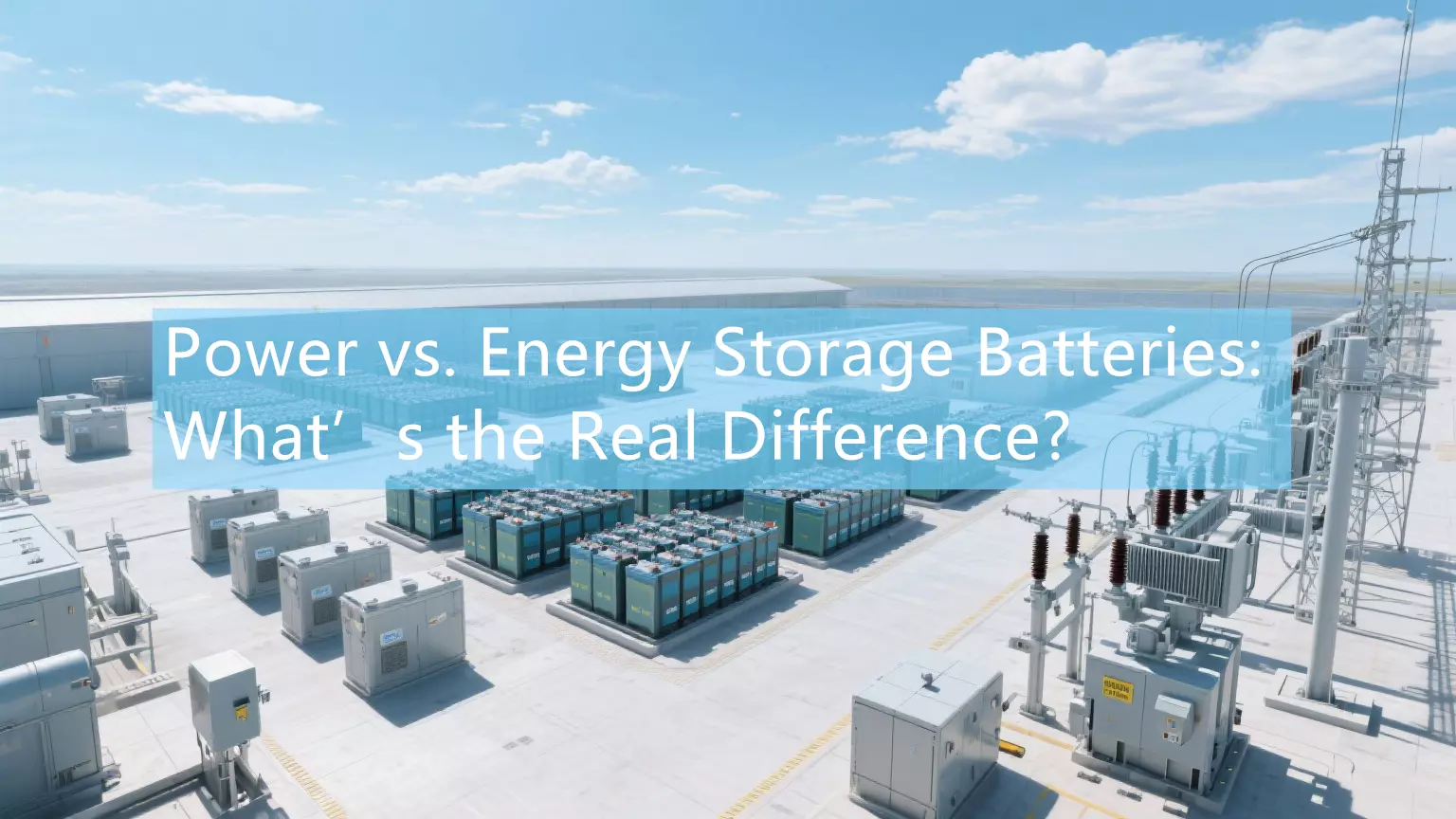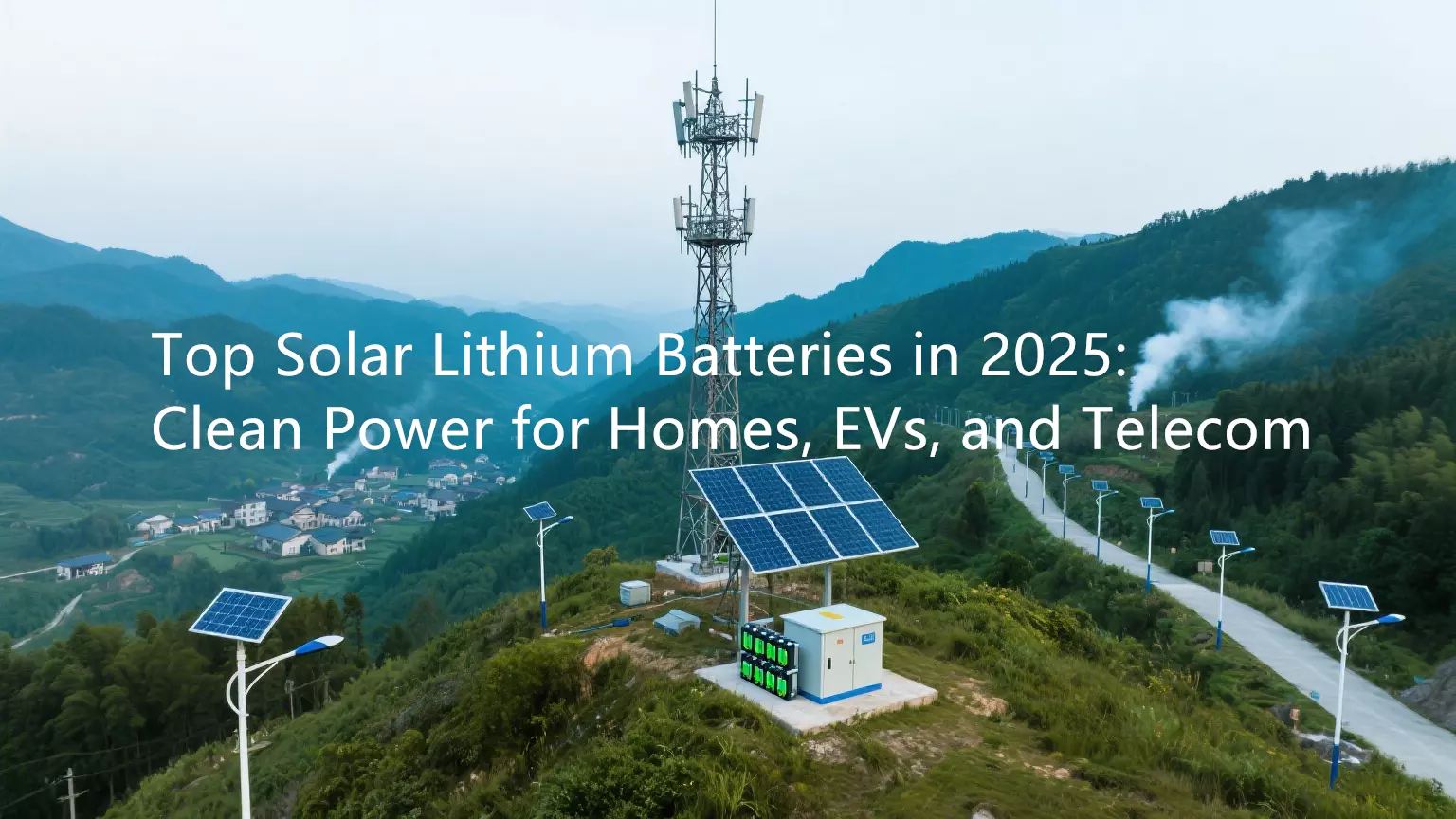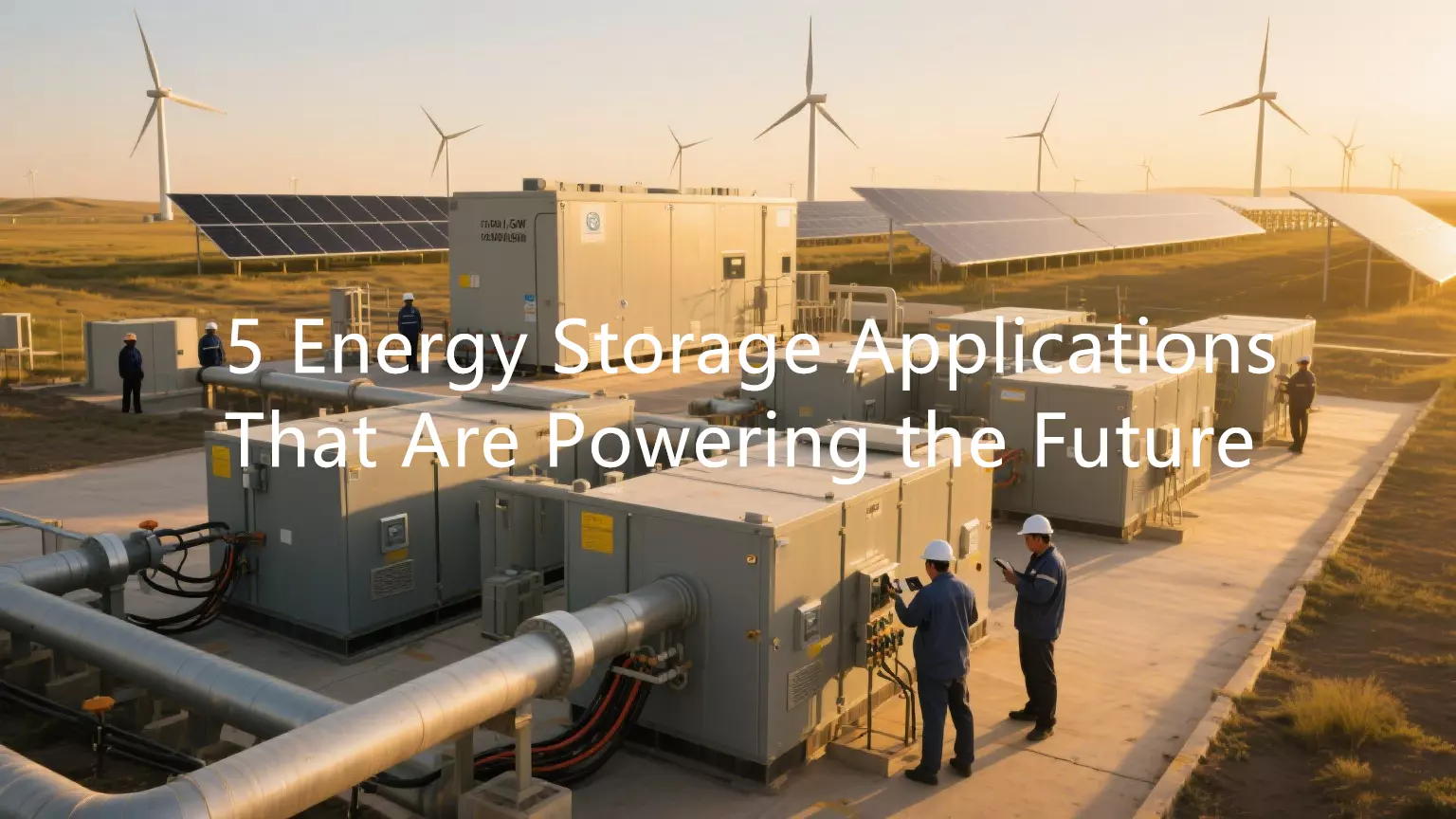The world is progressing towards carbon neutrality, and the energy system is transforming at a rapid pace. Wind and solar energy are becoming mainstream, but their intermittent character brings new challenges to traditional power grids. Amidst all this, energy storage is emerging as an enabler of future power systems. But what is energy storage, and why does it matter so much?
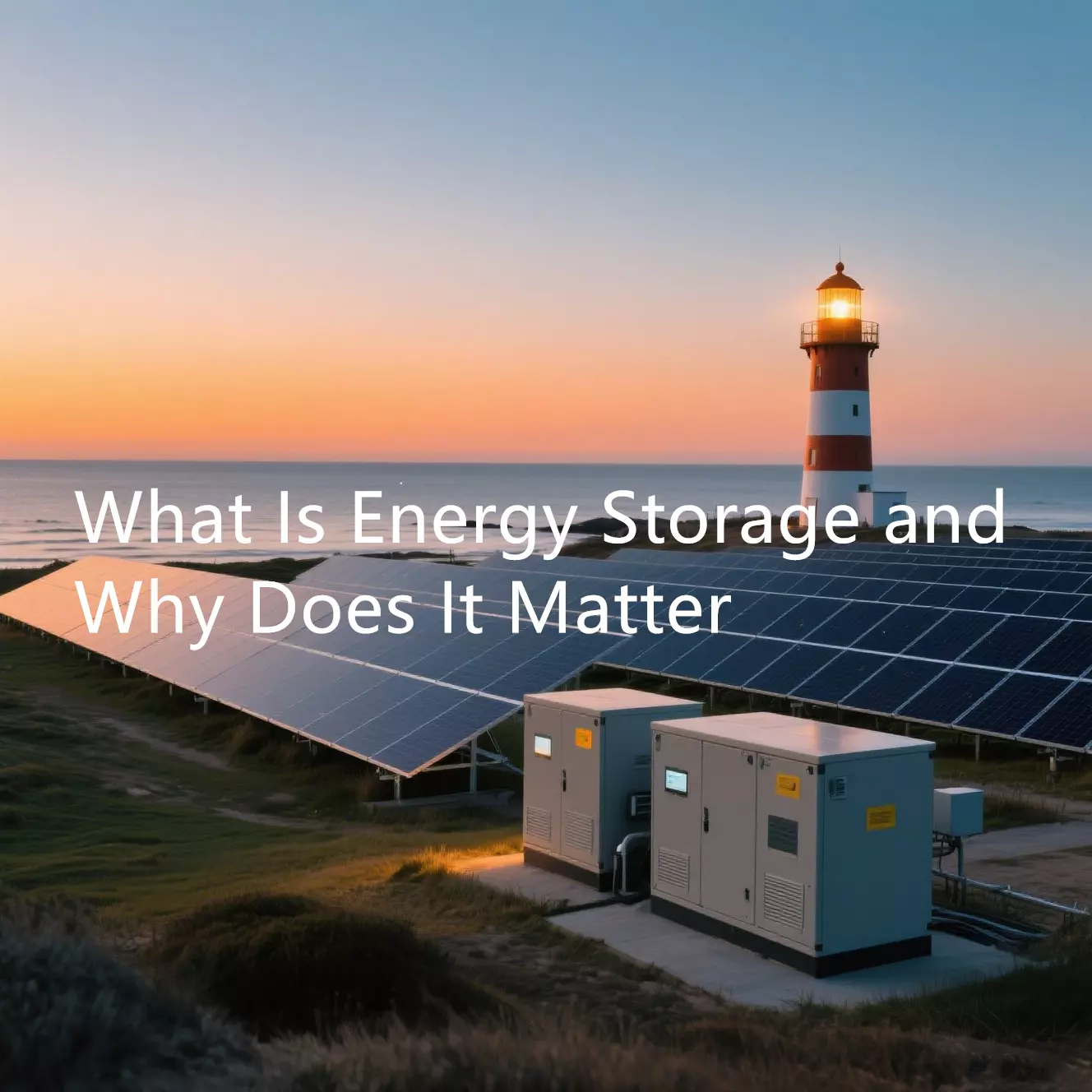
1. The Nature of Energy Storage: Making Electricity "Controllable and Storable"
Energy storage basically means that electricity can be saved when it is not immediately required and then dispatched when needed. Electricity, in its raw form, cannot be stored in substantial amounts like water or oil—production and consumption need to be matched mostly in real time. Energy storage devices overcome this limitation by allowing "time shifting" and "spatial reallocation" of power.
- Generation-side storage: Amplifies the dispatchability of energy sources like solar and wind
- Grid-side storage: Balances grid variations as well as voltage and frequency regulation
- User-side storage: Allows customers to lower electricity expenses, store away from demand charges, and provide backup power
2. Most Popular Energy Storage Technologies
1. Electrochemical Storage: The Sustaining Growth Leader
Electrochemical storage utilizes batteries to store and supply energy. Some examples of battery types are:
- Lithium-ion batteries: High energy density, long response time, everywhere in residential, commercial, telecom, and data center markets
- Flow batteries: Long cycle life, up to 12,000 cycles, well suited for long-duration storage (4+ hours), safe by design
- Sodium-ion batteries: Less expensive materials, widely available resources, best for large stationary applications
- Lead-acid batteries: Low energy density but still cost-effective in cost-conscious or legacy applications
2. Mechanical and Thermal Storage: Ideally Adapted for Large-Scale Deployments
- Pumped hydro storage: Most developed and reliable type, accounting for more than 70% of worldwide storage capacity. Requires special topography.
- Compressed air storage: Storing excess electricity to pressurize air into underground caverns, and back out to power turbines
- Flywheel storage: Offers millisecond response and ultra-long life, ideal for transit operations and data centers
- Thermal & gravity-based storage: Applied to solar thermal power plants and industrial uses with rising cost-effectiveness
3. Why Energy Storage Matters: Three Core Values
1. Stabilizing Renewable Power Supply
Renewable energy sources like solar and wind are intermittent in nature. Energy storage offers a buffer to store surplus energy when the source is at peak output (e.g., a sunny day) and deliver it when the source is down (e.g., nights or cloudy days). This makes renewable power more dispatchable and stable.
2. Enhancing Grid Efficiency and Reliability
Storage systems support grid stability by:
- Frequency and voltage management
- Peak shaving and valley filling
- Emergency backup during a power outage
- Reactive power support of voltage quality
For example, California battery storage systems participate in frequency response markets with more than 12% IRR returns.
3. Lowering User-Side Energy Costs and Risks
- Time-of-use arbitrage: Charge at night (when it's low-cost), use or resell at peak
- Demand charge reduction: Lower peak demand on utility bills
- Uninterrupted power supply: Best applied in hospitals, telecom, and data centers
- Energy independence: Couple with rooftop solar for off-grid self-generation
4. Energy Storage Industry Chain and Emerging Trends
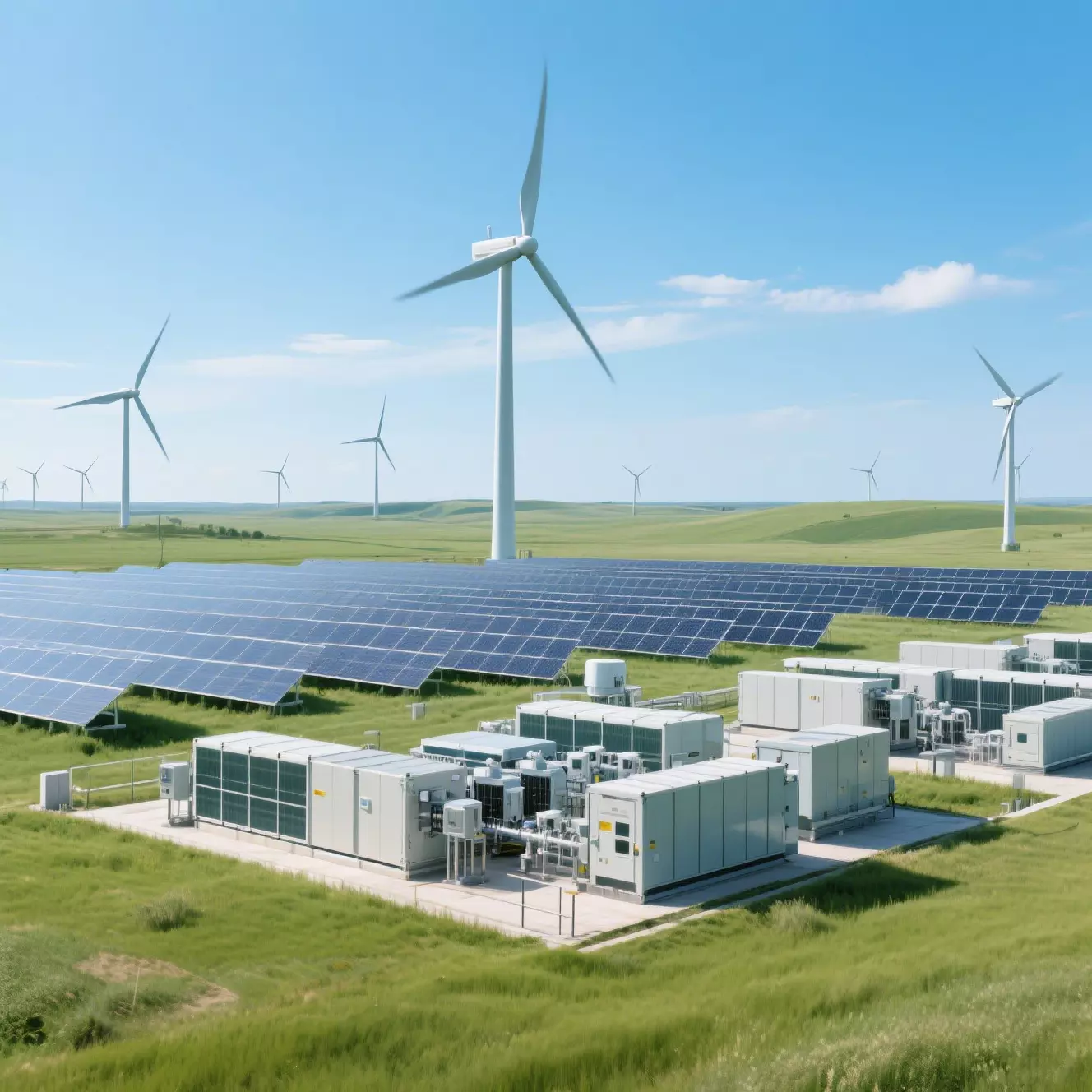
Industry Chain Overview
- Upstream: Battery cells, Battery Management Systems (BMS), Power Conversion Systems (PCS), thermal management
- Midstream: System integrators who are responsible for assembly, software, and controls
- Downstream: Applications in grid utilities, commercial buildings, residential, telecom, etc.
Three Major Trends
- Technology Innovation and Cost Reduction:
- Lithium battery costs decreased over 70% since 2015
- New chemistries like sodium-ion, solid-state, and flow batteries are coming along rapidly
- Storage LCOE is now below $0.15/kWh in most markets
- Policy-Driven Deployment:
- China aims for 50GW of electrochemical storage by 2025
- The U.S. Inflation Reduction Act provides a 30% storage investment tax credit
- The EU aims for 100GWh of installed storage by 2030
- Local laws now require storage in fresh renewable ventures in regions like Shandong and Shenzhen
- Business Model Diversification:
- Revenue from arbitrage and grid services becomes the standard
- Shared storage, leasing models, and virtual power plants (VPPs) start gaining prominence
- Projects become financially profitable even without subsidies
5. Conclusion: Energy Storage—The Heart of the Energy Transition
Energy storage can no longer play second fiddle—it's becoming a central pillar of today's energy system. With renewables on the rise and grids becoming more advanced, storage is required to provide stability, flexibility, and efficiency.
From big pumped hydro plants to tiny lithium batteries in smart homes, from data center backup to island microgrids, storage is transforming the way we make, transmit, and consume electricity.
The future of energy is low-carbon, flexible, and intelligent. And the foundation that makes it possible is energy storage.


